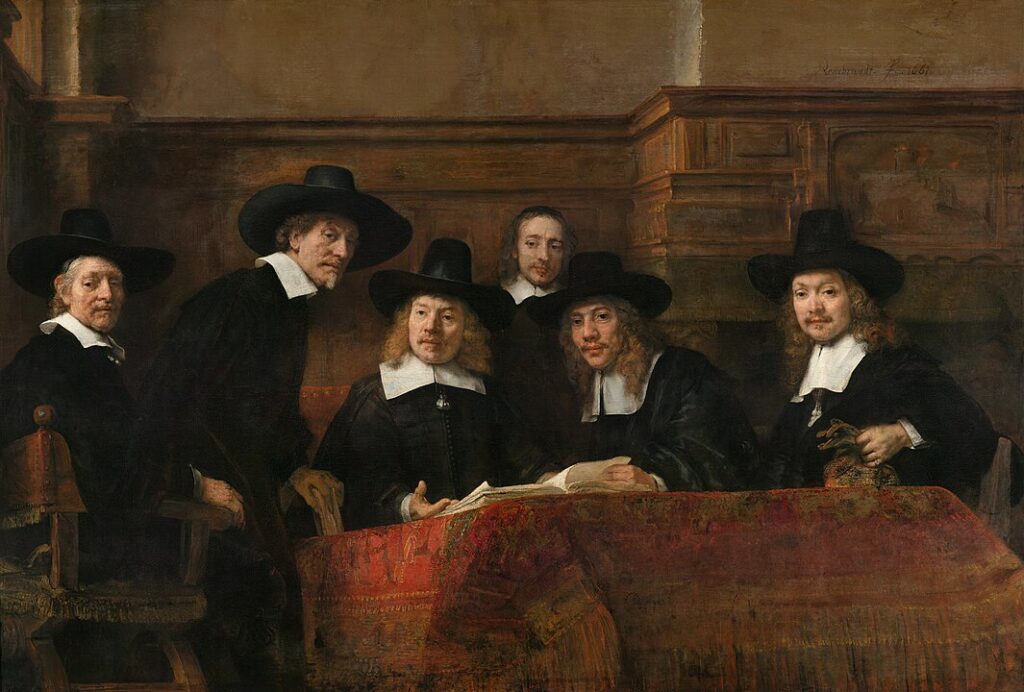 Formation and Structure
Formation and Structure
Medieval trade guilds were associations of craftsmen and merchants that regulated their trades and protected their economic interests. Formed in towns and cities across Europe, guilds organized by craft or trade, such as blacksmiths, weavers, and merchants. Each guild operated under a charter that outlined its rules, privileges, and responsibilities, including the regulation of trade practices, the maintenance of quality standards, and the training of apprentices.
Economic Functions
Trade guilds played a crucial role in the medieval economy by controlling the production and distribution of goods. They set prices, managed supply, and ensured that products met high standards of quality. Guilds also negotiated with local authorities to secure market rights and protect their members from external competition. Their influence extended to the organization of fairs and markets, which facilitated trade and commerce within and between towns.
Social and Political Influence
Beyond their economic functions, guilds provided social support and wielded political influence. They offered assistance to members in times of illness or financial hardship, supported the families of deceased members, and organized social and religious events. Guilds also played a role in local governance, participating in town councils and influencing political decisions. Their social and political activities contributed to the cohesion and development of medieval urban communities.
Conclusion
Medieval trade guilds were essential to the craftsmanship and economy of medieval Europe. Their role in regulating trade, supporting their members, and influencing social and political life highlights their importance in the economic and social structures of the medieval period.
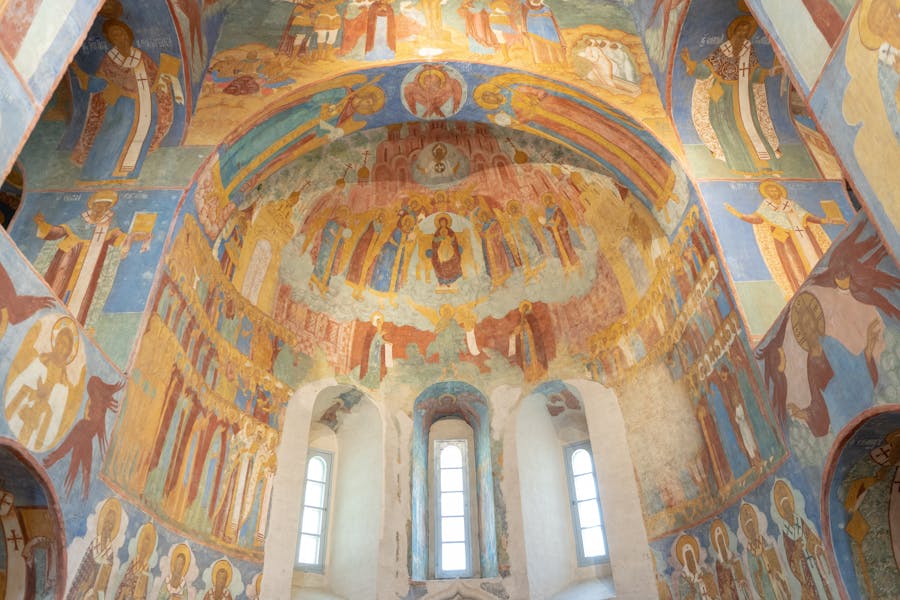 Origins of Iconoclasm
Origins of Iconoclasm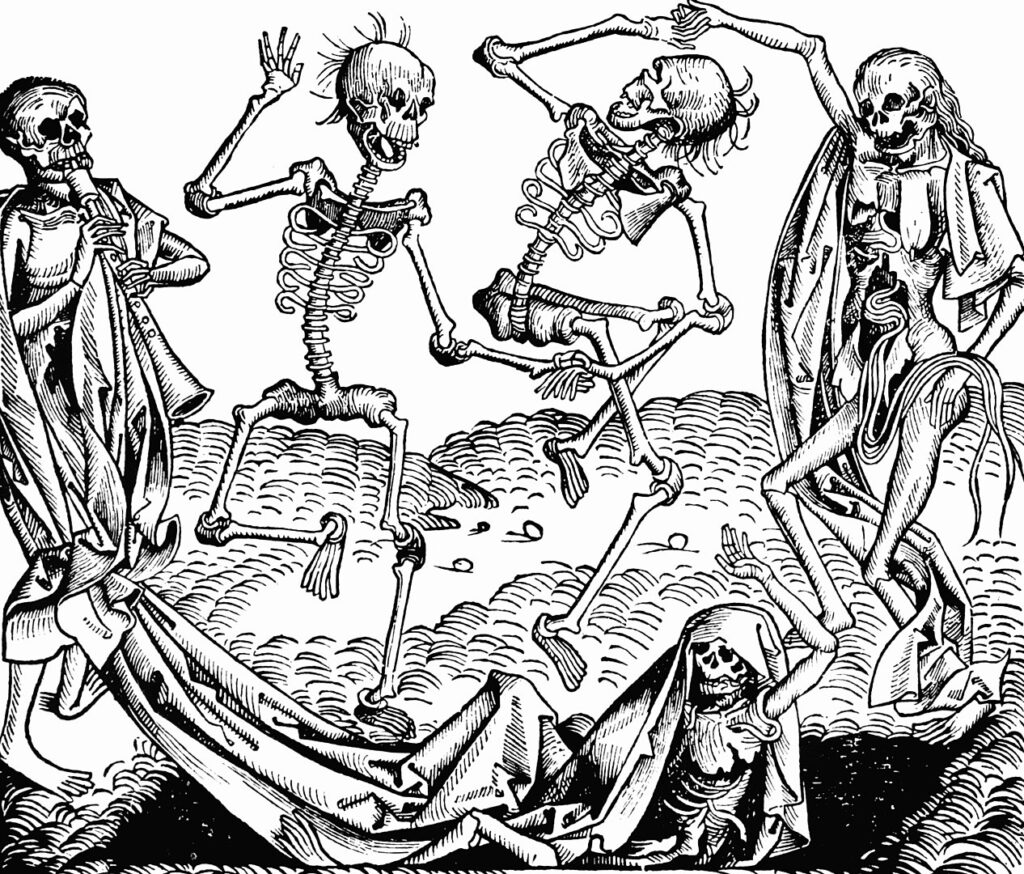 Artistic Responses to the Plague
Artistic Responses to the Plague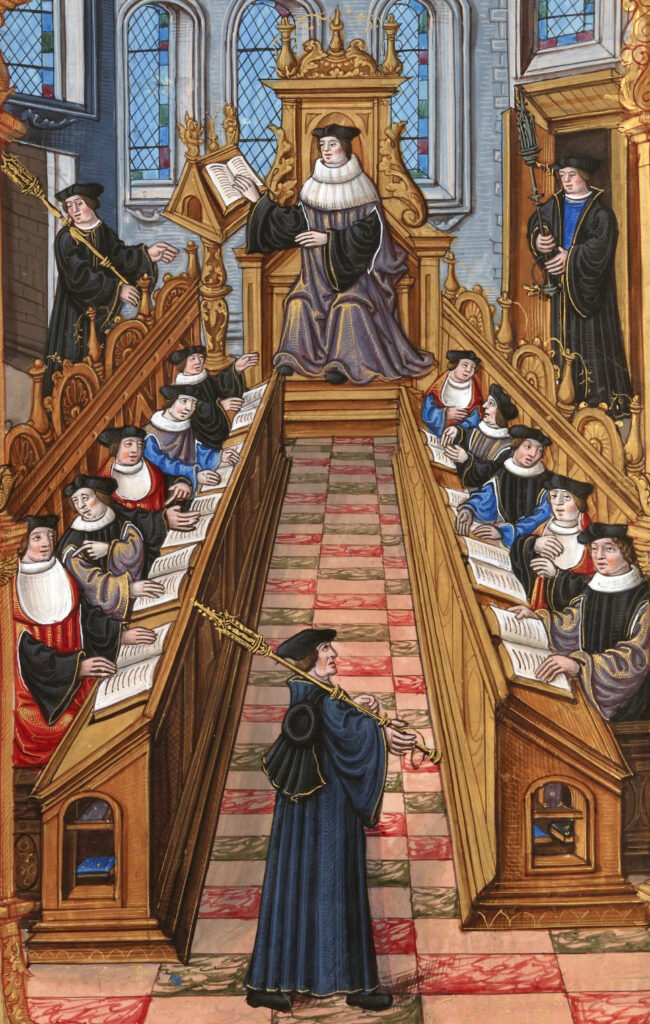 Rediscovery of Classical Texts
Rediscovery of Classical Texts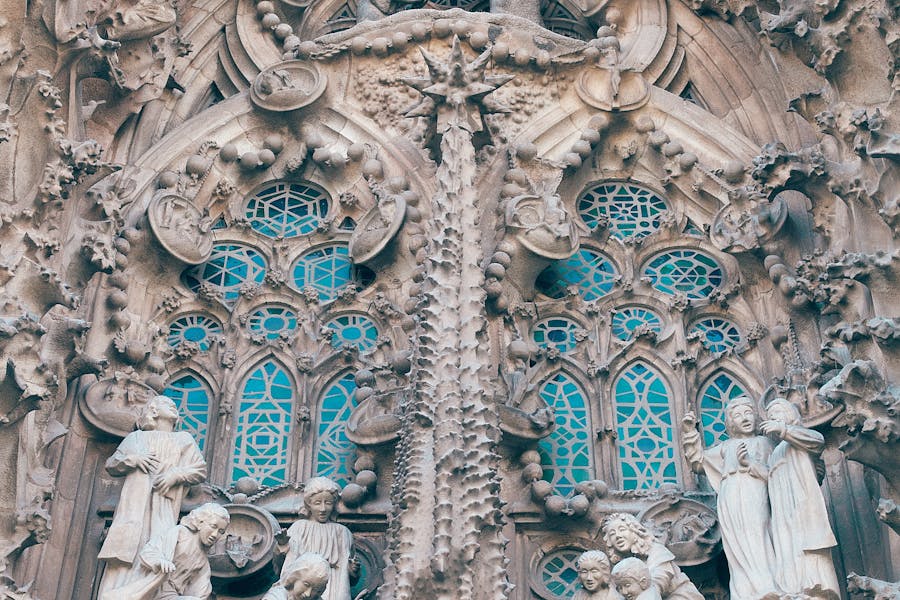 Formation and Purpose
Formation and Purpose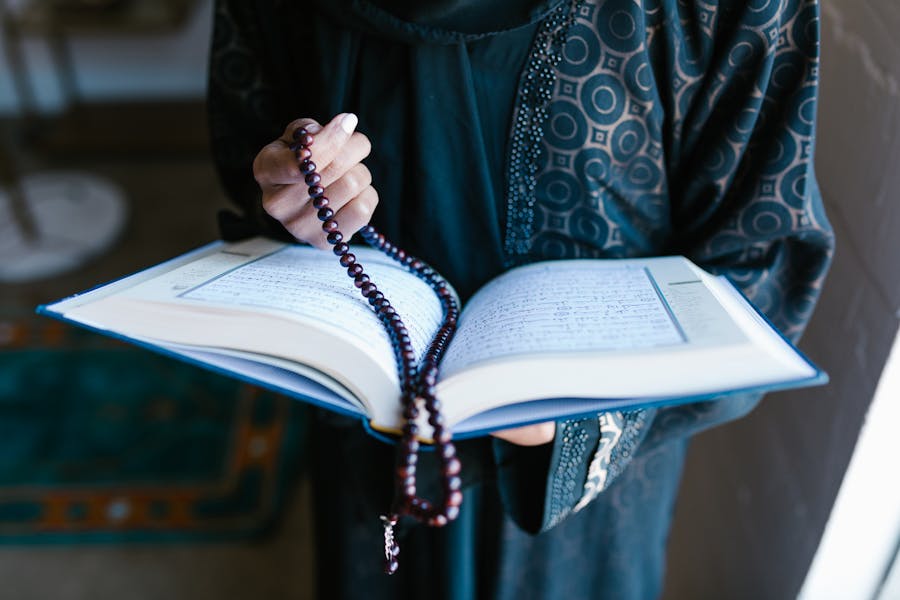 Transmission of Knowledge
Transmission of Knowledge Origins and Development
Origins and Development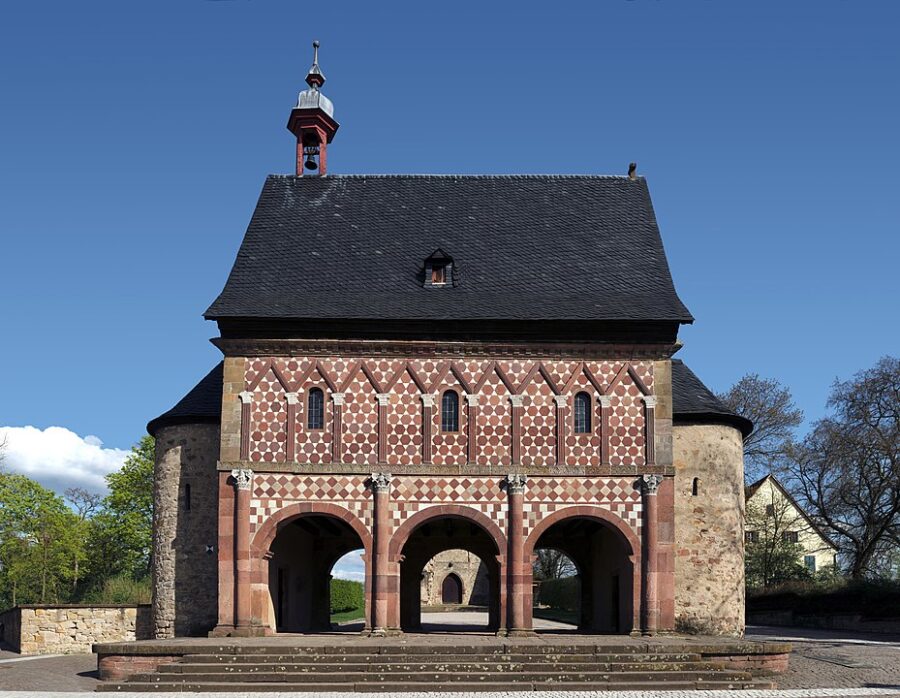 Standardization of Script
Standardization of Script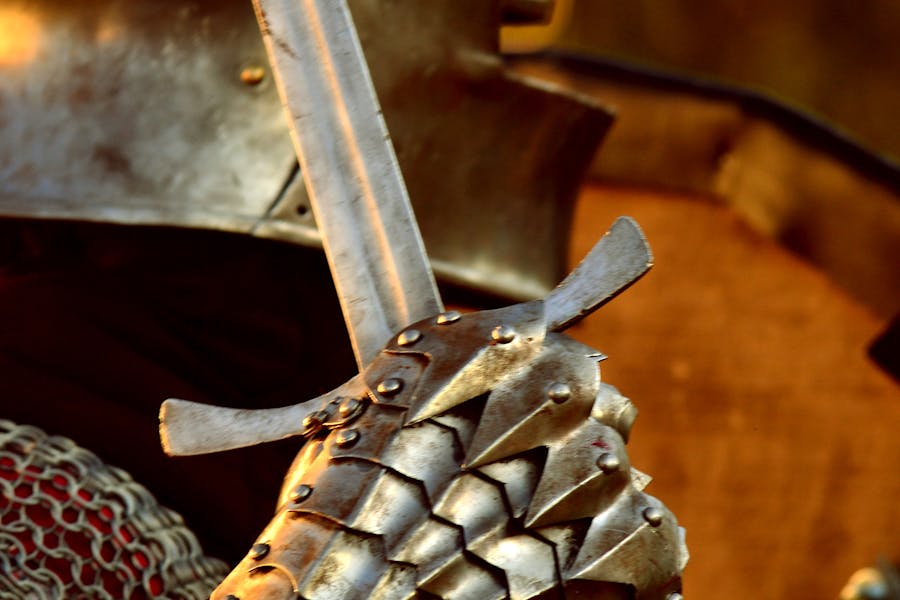 Challenges of Siege Warfare
Challenges of Siege Warfare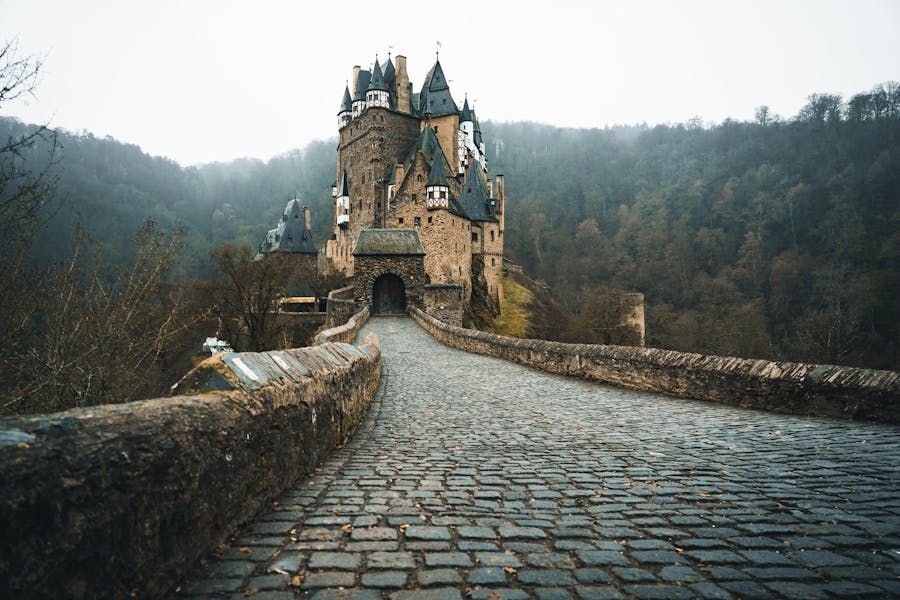 Origins and Purpose
Origins and Purpose